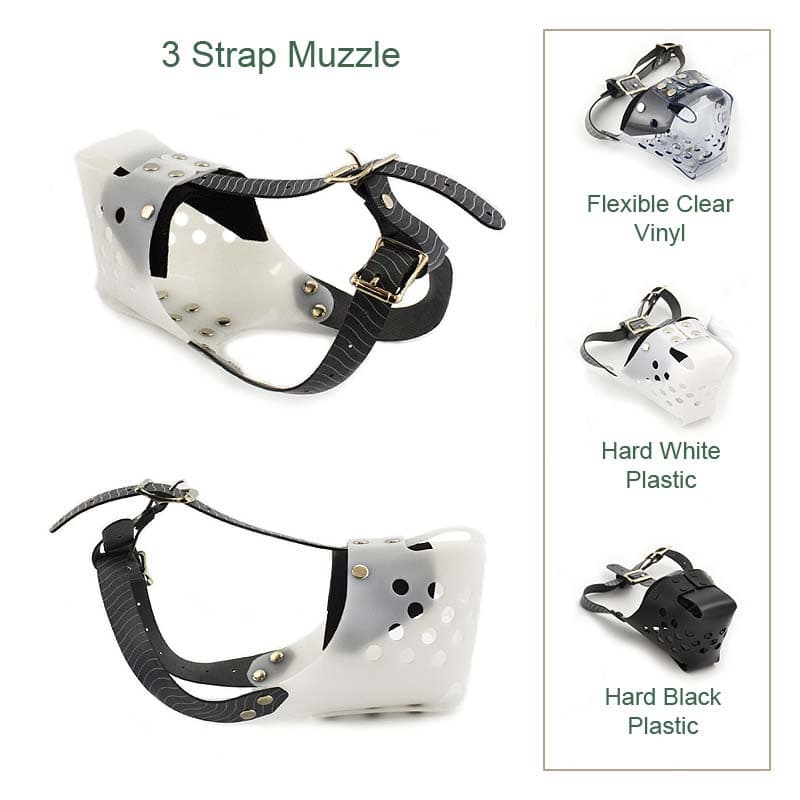Harmony in Training: Navigating Puppy Time Out Tears with Compassion


Embarking on the joyful adventure of raising a new puppy is an exciting experience, accompanied by the crucial task of guiding your furry friend through essential training phases. A poignant moment for many pet owners is witnessing their puppy crying in time out.
In this blog post, we'll explore the intricate emotions behind a puppy's response to time outs, delve into the purposeful role of this training method, and offer compassionate strategies to navigate those tearful moments while reinforcing the foundations of a strong training bond.
Understanding the Emotional Landscape of Puppy time outs:
The emotional landscape of a puppy during a time out is nuanced, and acknowledging this complexity is key to effective training. Puppies, social creatures at heart, thrive on connection, and their expressions of distress, such as crying, are natural reactions to the discomfort of separation. These emotional cues provide valuable insights into your puppy's needs and form an integral part of the training journey.
Balancing Structure with Compassion in time outs:
Intentional Placement:
When implementing a time out, select a dedicated space that is both secure and serene. Avoid using the crate as a punitive measure, ensuring it remains a positive sanctuary. Opt for a confined yet cozy area where your puppy can gather themselves without feeling isolated.
Consistent Rituals:
Consistency serves as the cornerstone of effective training. Establish a clear routine for time outs, forging a connection between specific behaviors and their consequences. This deliberate approach minimizes confusion and fosters a more profound understanding during the learning process.
Gradual Familiarization:
Introduce time outs gradually to help your puppy acclimate to the concept. Begin with brief intervals, gradually extending the duration as your puppy becomes more familiar with the process. This phased approach minimizes stress and cultivates a positive response over time.
Positive Reinforcement Practices:
Reinforce positive behavior by rewarding your puppy with treats, praise, and attention when they display desirable actions. This positive reinforcement establishes an equilibrium in the training environment, enabling your puppy to associate good behavior with positive outcomes.
Soothing Strategies for Puppy Crying in time outs:
Reassurance from a Distance:
While the impulse to physically comfort a crying puppy is strong, resist the urge and offer reassurance from a distance. Use a calming tone to communicate your presence, promoting independence while acknowledging their emotional needs.
Comfort-Infused time out Space:
Enhance the time out area with familiar comfort items like a soft blanket or their favorite toy. These familiar objects provide a sense of security, alleviating your puppy's distress during the training process.
Strategic Timing for Intervention:
Time your interventions thoughtfully during your puppy's time outs. Interrupt the session when your puppy is calm and quiet, reinforcing the notion that tranquility leads to a return to positive interactions.
While observing a puppy cry during a time out can tug at the heartstrings, approaching this facet of training with empathy and purpose is essential. time outs are valuable tools in shaping your puppy's behavior, and when executed with compassion and consistency, they contribute to a well-behaved and contented companion. By blending clear training routines, positive reinforcement, and comforting strategies, you can create an environment that fosters growth, mutual understanding, and a resilient bond between you and your furry friend.
- Choosing a selection results in a full page refresh.
- Press the space key then arrow keys to make a selection.



